Outdoor mites can be garden pests or beneficial to the environment, while some species are stealthy home invaders.
Most indoor mites live in humans, but the non-parasite species can trigger asthma, especially in very young children. This is why you should eliminate them as soon as possible. But when and how?
How do you get rid of mites? Getting rid of mites depends on the species they belong to. For scabies mites, kill them using temperatures at 122°F (50°C) and above. Also, avoid prolonged physical contact with people infected by scabies. For dust mites, eliminate them using temperatures of at least 130°F (54.4°C).
There are over 40,000 mite species worldwide. Interestingly, two mite species that are also living in humans are not considered harmful.
But because most mites attack silently, you should understand their characteristics and behavior. This article explains some interesting facts about mites and how to control them.
Table of Contents
What Are Mites?
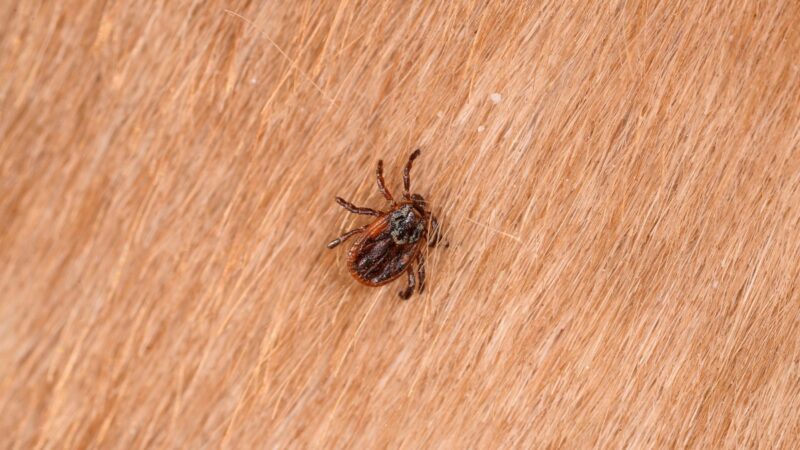
To start with, mites are not insects but tiny arthropods that are closely related to spiders and ticks. Depending on the species, these insect-like creatures feed on plants or live in humans and animals.
Spider mites, which bear the scientific name Tetranychus urticae, are very notorious pests in gardens and landscapes.
On the other hand, scabies mites (Sarcoptes scabiei) are parasites, and humans are their favorite hosts. Like other mite species, scabie mites undergo four life stages – egg, larva, nymph, and adult.
Eggs are deposited under human skin and hatch in 3-4 days. These mites cause an itchy skin infection called scabies.
Meanwhile, chiggers (Eutrombicula alfreddugesi) don’t burrow into the skin. Also called red mites, they feed on “dander,” which consists of dead skin cells of their host.
Like chiggers, house dust mites (Dermatophagoides pteronyssinus) also eat dander. These tick-like organisms produce allergens that can cause asthma.
Can You Feel Mites Crawling?
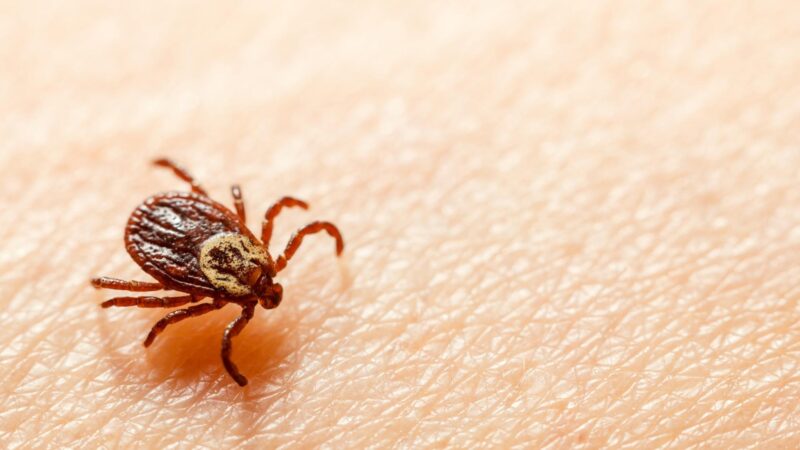
You cannot feel mites crawling because they are too small to be felt. Also called human itch mites, female scabies mites are 0.30-0.45 mm long and 0.25-0.35 mm wide, while males are only half the size. You can only feel these microscopic mites once they burrow into the skin and start to feed on your blood.
Can Mites Be Harmful to Your Health?
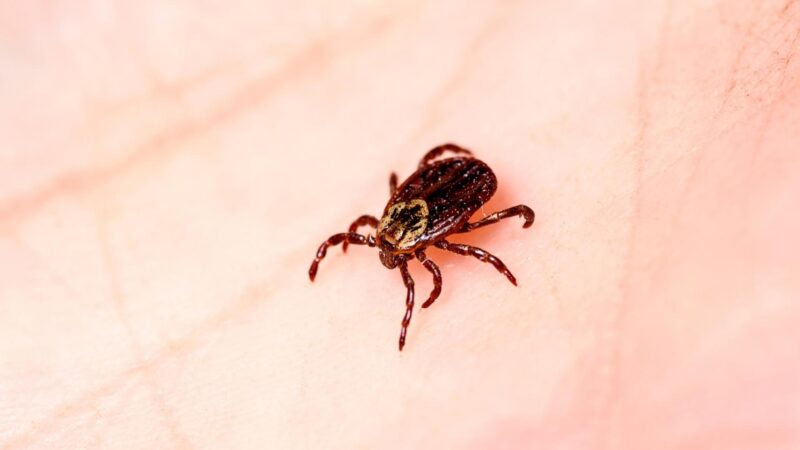
Some mites can be harmful to your health. Scabies mites bite humans, but they don’t suck blood. An initial scabies infestation may not cause harm during its first 2-6 weeks.
But once these eight-legged parasites burrow under the skin again, your skin will now be intensely itchy due to mite secretions and excretions.
Scabies mites don’t carry diseases but can affect people of all races and social statuses. On the other hand, crusted scabies (Norwegian scabies) can compromise the health of persons who have weak immune systems, such as the disabled and elderly. Most people with crusted scabies may not show signs or symptoms at all.
What Are the Signs of Mites?
So far, the two common mite species that affect humans are scabies mites and dust mites. Since both of them are invisible to the naked eye, you can only assume that they are present.
Fortunately, there are some clues that can somehow justify your assumption. To help you out, here are some signs of mites:
Scabies Mites
Scabies mites host in humans and can live for 1-2 months before they naturally die. If the temperature is around 77°F (25°C), they can still live without a host for 2-3 days.
These parasites can be on your carpets, rugs, mattress, and furniture. Since scabies mites attack the skin, here are some common symptoms of scabies:
- Pimple-like rashes on ankles, between the fingers, breasts, buttocks, elbows, knees, shoulder blades, waist, wrists, and genitals
- Intense itching occurs mostly at night.
- For young children and the elderly, rashes usually appear on the face, palms, and soles.
Note that these symptoms may only appear within 4-8 weeks in people who have been infested with scabies mites for the first time. Meanwhile, people who were previously infested can show symptoms in only 1-4 days. Scabies can be transmitted through prolonged direct contact, sharing of towels, and sexual acts.
Dust Mites
Dust mites can be found in your bed and almost everywhere inside your house. These microscopic organisms are not parasites and they don’t bite humans, but their cast skins and feces contain powerful allergens. Although you cannot see them, you can inhale them. Here are some possible symptoms of dust mites.
- Coughing
- Runny nose
- Sneezing
- Red, itchy skin
- Itchy throat
- Watery eyes (for hypersensitive people)
Clinical studies show that dust mites are important factors for young children to develop asthma. If you have pet cats or dogs and you allow them to sleep on your bed, dust mites may not only be the cause of allergies. Nonetheless, people who are allergic to dust mites may show these symptoms all year round.
Can Mites Live In Your Hair?
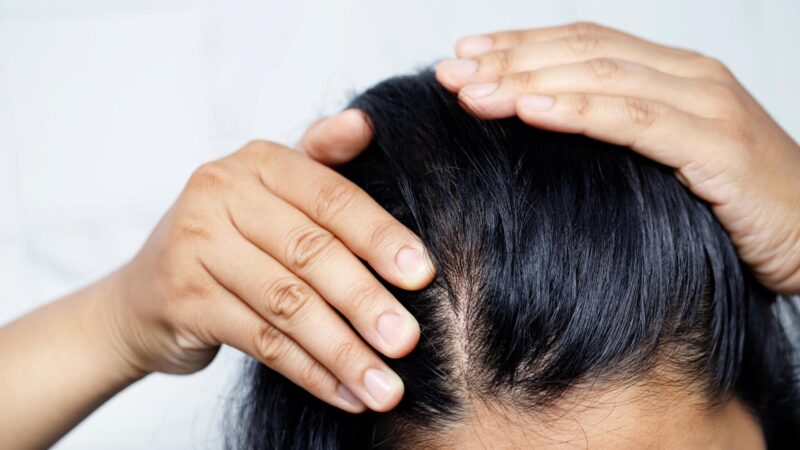
Some mite species live in your hair. Demodex mites, which are about 0.15-0.4 mm long, live in human hair follicles.
The two main Demodex mites that live on the human body are Demodex folliculorum and Demodex brevis. D. folliculorum is usually found in eyelashes, while D. brevis is common in the chest and neck areas.
Also called face mites, Demodex mites are present in almost every human face but get unnoticed. This is because these mites don’t cause harm and will die within two weeks.
Nevertheless, people who have a weaker immune system may suffer from Demodicosis, a rare skin disease caused by too many face mites.
What Smell Do Mites Hate?
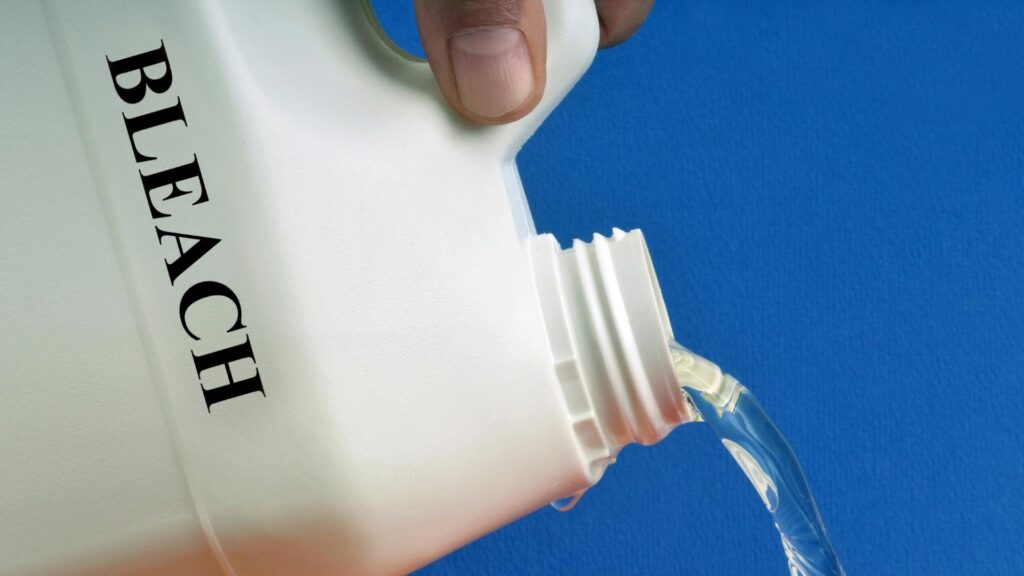
Despite being microscopic, mites are known for having an excellent sense of smell. They hate the very strong smell of some household products. According to a study, some essential oils can also repel and potentially kill mites. So, whether you have scabies mites or dust mites, here are some scents that mites hate.
- Bleach
- Rubbing alcohol
- Some essential oils such as clove, eucalyptus, and tea tree
- Vinegar
Note: Bleach and rubbing alcohol pose health risks to humans and pets and can also damage some surfaces. On the other hand, more studies are required to prove the efficacy of essential oils.
Most of all, all of them are not treatments for mite bites and allergies. Apply or spray them only on infested items, not on your skin.
What Kills Mites Instantly?
Bleach and rubbing alcohol kill mites instantly, but they pose risk to public health. Nevertheless, the best way to kill mites right away is to expose them to hot temperatures. This includes washing infested items with hot water and steam cleaning carpets. The required temperature mainly depends on the mite species.
What Do You Spray for Dust Mites?
The best way to kill dust mites is to expose them to temperatures of at least 130°F (54.4°C). But if you want to use sprays, use DustmiteX Dust Mite Spray.
This odorless spray contains Disodium octaborate tetrahydrate (DOT) that kills mites on fabrics, furniture, and upholstery. Never spray it directly on your skin.
How Do You Get Rid of Mites on Humans?
Scabies mites and dust mites have different behaviors when they attack humans. But because you cannot see them, getting rid of them can be very challenging.
In most cases, you will only know you have them if you undergo some tests. Below are some advice and medications that your doctor may recommend to you:
For scabies mites:
- Take a hot bath or shower, and scrub your skin thoroughly with a washcloth.
- Apply scabicide lotion or cream on your skin. Note that there are no “over-the-counter” medical treatments for scabies. Scabicides can only be bought with a doctor’s prescription. Strictly follow the application instructions on the label.
For dust mites allergy:
- Antihistamines such as Zyrtec and Benadryl
- Corticosteroids such as Flonase Allergy Relief Nasal Spray
- Decongestants such as Afrin No Drip Nasal Congestion Relief Spray
Again, these medications and nasal sprays should only be administered or used upon the recommendation of a doctor. Some “over-the-counter” treatments can be addictive and may cause serious side effects, especially decongestants.
How Do You Get Rid of Mites Naturally?
If mite bites and allergy symptoms are getting worse, you should immediately consult a doctor. If your doctor suspects that you have mites, he may give some prescriptions. But more importantly, you should eliminate mites in your house immediately. To help you out, here are some natural ways to get rid of mites:
- To kill scabies mites, wash beddings and other related items in hot water with a temperature of at least 122°F (50°C) for about 10 minutes.
- For non-washable items, place them inside in a plastic bag under the sun for at least 3 days.
- Use a hot dryer when drying them.
- If your child shows symptoms of dust mite allergy, don’t let him sleep on his bed until it is washed.
- To kill dust mites, wash all bed sheets, blankets, and pillow cases in hot water with a temperature of at least 130°F (54.4°C).
- For non-washable items, put them in the dryer for at least 15 minutes at the same temperature.
- Use a vacuum cleaner with a HEPA filter such as Hoover MAXLife Pro Pet Swivel Bagless Upright Vacuum Cleaner.
How to Prevent Future Mite Infestations?
Unfortunately, there are no guaranteed preventive measures against scabies mites and dust mites. Aside from being invisible to the naked eye, mites can also easily attach themselves to humans.
However, you can reduce their population and prevent them from spreading. Here are some ways to control mites:
For scabies mites:
- Avoid having prolonged skin-to-skin contact with people who have scabies mites. Scabies cannot be transmitted through short hugs and handshakes, though.
- Don’t use towels, clothes, and bedding for people with scabies.
- Clean and vacuum every room in your house regularly.
For dust mites:
- If you have stuffed toys, make sure they are washable. Keep them away from your bed, and wash them at least once a month.
- Don’t let your children play with stuffed toys or bring them into your bedroom without washing them.
- When wiping off dust, use a wet mop instead of a dry cloth.
- Encase all mattresses and box springs in zippered, dust-proof covers such as SafeRest Waterproof Mattress Cover Protectors.
- Keep humidity levels below 50% using dehumidifiers, such as Pro Breeze Electric Dehumidifier.
- Vacuum couches, sofas, and beds regularly, but only when people with dust mite allergies are not around.
- Avoid using feathers, foam, or down pillows. Instead, use only those that are made of synthetic fiber.
- Carpets on walls and floors are ideal homes for dust mites. If possible, remove them from your bedroom or replace them with linoleum or tiles.
Summary
Mites are everywhere, including your home. No matter how hard you clean yourself and your house, they will still be present even if you cannot see them.
Therefore, the best way to control them is to reduce their food source and habitat through regular cleaning. Consistent practice of personal hygiene also helps a lot.
List of Sources
Mites Medically Important to Humans (Medicalmites)
Scabies Frequently Asked Questions (FAQs)
In Vitro Activity of Ten Essential Oils Against Sarcoptes Scabiei